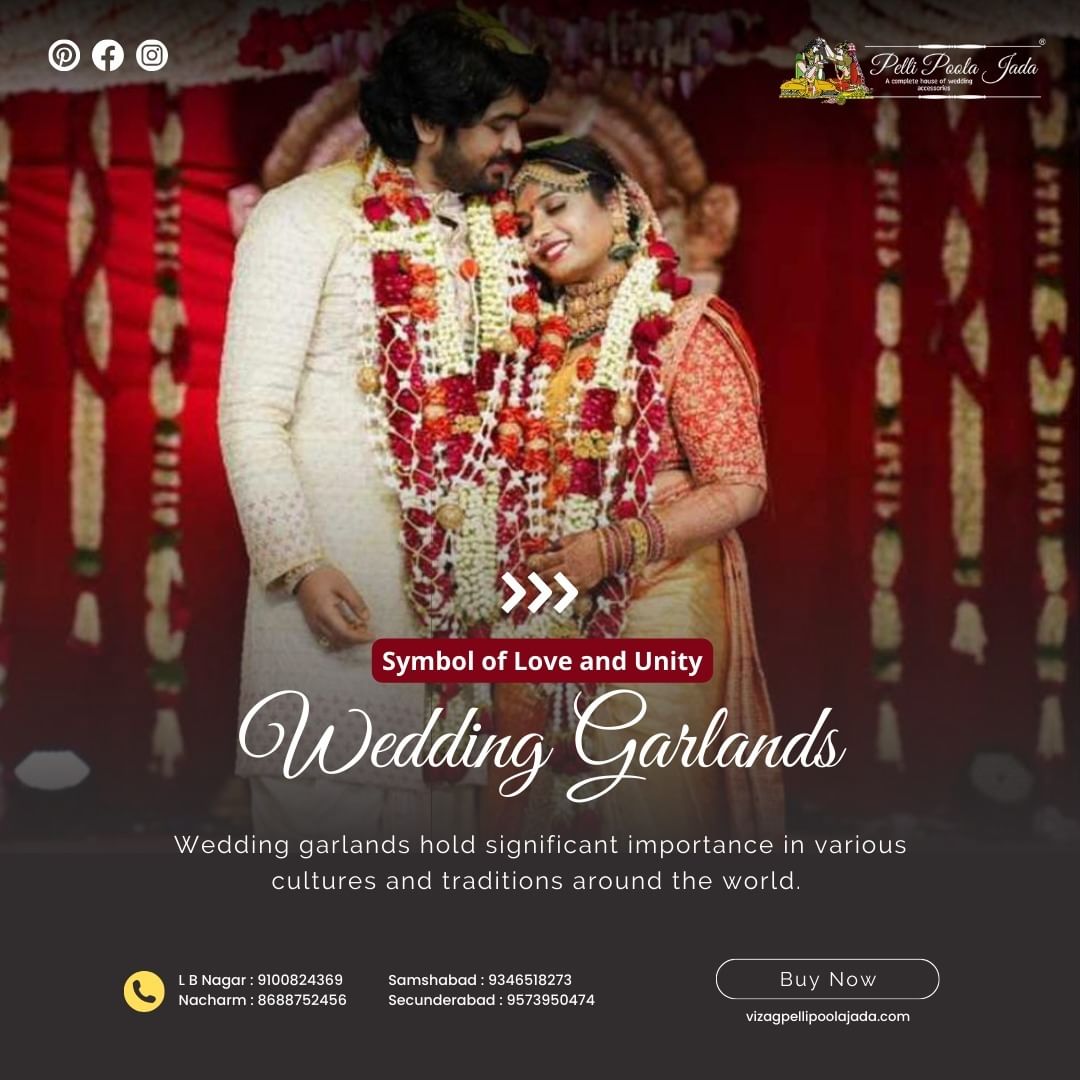Escape by Creatomy was born from a vision to break free from the ordinary. Combining traditional craftsmanship with modern design, they create unique and sustainable pieces.
Discover the story behind their innovative approach to redefining furniture and interiors!

Escape by Creatomy journey began
My journey as an entrepreneur began with ‘Escape.’ The vision was clear from the start – to break free from the mundane and ordinary. I wanted to go beyond the conventional approach to business and create something extraordinary.
The goal was to build a brand that redefines furniture and interiors, offering innovation, quality, and personalisation at its core.
How do traditional craft techniques contribute to the authenticity and uniqueness of your lifestyle products and décor accessories?
Traditional craft techniques are the soul of our products, ensuring they are authentic and unique. For example, our T-15 Chair is inspired by the grace of the legendary Collarwali Bhagin from Pench National Park, echoing the prowling stance of a tiger. The brass back pays homage to her iconic radio collar, symbolising her role in tiger conservation.

Similarly, our ‘Nura’ Totems Collection integrates new and repurposed woods, promoting sustainability while showcasing exceptional aesthetics. These techniques connect our pieces to their cultural roots, making them not just furnishings but storytellers of tradition and innovation.
In what ways do you ensure that the traditional craftsmanship is preserved and passed down through generations in your production processes?
To preserve traditional craftsmanship, we draw inspiration from India’s rich cultural heritage, especially the Northeast tribes. For instance, our “SOM” masterpiece blends ancient philosophies with contemporary design, harmonising Shiva and Shakti’s philosophies through the use of graceful wood and contoured Jesmonite.
By integrating traditional materials and techniques with modern innovations, we create pieces that honour and sustain cultural legacies. This not only preserves craftsmanship but also inspires new generations to value and continue these traditions, ensuring their enduring legacy.
Can you discuss the challenges and opportunities associated with integrating traditional craft techniques into modern design aesthetics?
One major challenge is the scarcity of skilled labour and a lack of commitment among the younger workforce in India. We try & tackle this by inspiring and empowering our workforce, fostering a positive work environment to channel their best efforts.
Additionally, we’ve embraced advanced technologies and automation in our manufacturing processes. This not only appeals to the younger generation but also enhances the efficiency and precision of our production.
What are the key considerations when working with architects and interior designers to create bespoke projects?
When working on custom projects, collaboration must be grounded in clear communication and a mutual understanding of the client’s needs and vision. Goals, budget, and timelines need to be established from the outset. Flexibility and openness to creativity are key, ensuring the seamless integration of design elements. Regular communication and feedback loops foster a collaborative environment, bringing the unique vision to life for the client.
How do you manage the creative process when collaborating on hospitality, retail, and residential projects to ensure the final outcome aligns with your brand’s vision?
Our creative process revolves around integrating functionality and artistry seamlessly. We believe remarkable designs emerge when practicality and aesthetic beauty intertwine harmoniously, resulting in products that are visually captivating and purposeful.
At Escape, we emphasise striking a balance between form and function, ensuring each piece serves a distinct purpose while evoking an emotional response. Inspired by diverse influences such as nature, culture, architecture, and technology, we constantly explore and draw insights to infuse fresh perspectives into our designs, keeping our creations at the forefront of innovation.
How can the principles of minimalism be effectively integrated into residential and commercial spaces without compromising functionality?
Adding minimalism in a space is a multi-faceted task. To integrate this into spaces effectively, choose multi-purpose furniture with clean lines, like sofas with built-in storage or modular office desks. Select high-quality decor pieces that offer both beauty and utility. Keep colour schemes neutral and cohesive to enhance the sense of space and tranquillity. Use natural materials for warmth and strategic lighting to create openness and highlight key areas.
This ensures that spaces remain stylish, functional, and uncluttered.
How do you balance aesthetics and sustainability when selecting materials and finishes for an interior design project?
We carefully select materials for both their aesthetic appeal and environmental friendliness. For example, optimal wood usage through the reuse of end pieces, as in our collections, results in less waste and beautiful, abstract forms. Sugi Ban charring enhances the durability and visual appeal of the wood. Leather cord accents and solid wood construction, finished with natural oils, ensure minimal environmental impact. Innovative methods of production, like 5-axis CNC machining, ensure precision and unique design.
This approach harmonises the craftsmanship and technology for an aesthetically pleasing and sustainable interior design solution.
What ethical considerations should interior designers keep in mind when sourcing materials and working with artisans?
Interior designers should prioritise sustainability by ensuring the use of environmentally friendly and responsibly sourced materials. Fair labour practices are crucial; artisans must be fairly compensated and protected. Transparency in the supply chain is essential, maintaining honesty about the source and manufacturing processes. Designers should also respect cultural heritage, recognising and fairly compensating artisans for their craft. These practices support sustainability, build trust, and maintain integrity in the industry for both artisans and clients.
At Creatomy, these ethical practices are integral to our operations. We believe that fostering a fair, transparent, and respectful working environment not only enhances the quality of our products but also ensures that we contribute positively to the communities and cultures we engage with.
What strategies can interior designers use to effectively communicate their vision and design concepts to clients?
Designers can use visual aids like mood boards, 3D renderings, and sketches to help clients envision proposed designs. Clear presentations of design concepts, materials, and colour schemes ensure clients understand the vision. Regular meetings and open dialogue allow for questions and feedback. Samples of fabrics, finishes, and materials give clients a tangible sense of the design. Virtual tours and augmented reality can also help clients better understand and engage with the design process.
How do you manage client expectations while ensuring the design remains true to your professional vision and standards?
At Escape, we manage client expectations by adhering to our principles: passion, innovation, and unwavering commitment to our customers. Our passion for design inspires our team and builds client trust.
We foster innovation by exploring new possibilities, aligning client expectations with cutting-edge solutions. Our commitment ensures exceptional customer experiences through clear communication and regular updates, maintaining our professional vision while meeting client needs.
Author: Tania Mukherjee
Tania Mukherjee is an author. Immersing herself in the world of Entertainment and expressing her thoughts along with her feelings through the power of the written word. With a deep passion for writing, she finds solace and fulfillment in conveying her ideas to others.























